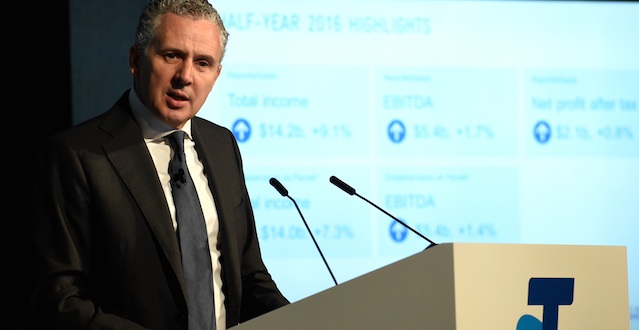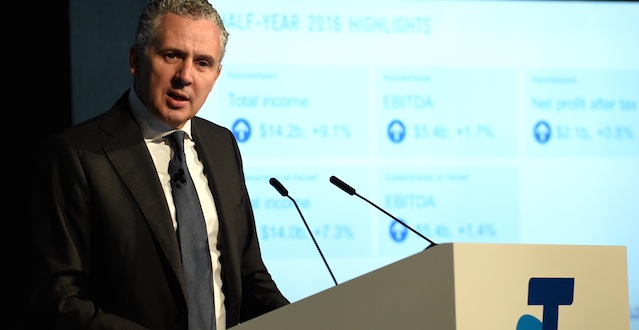Telstra pledges to make job interview shortlists include at least 50% women: Lessons for your startup – StartupSmart

Telstra’s move to introduce a requirement that women make up at least 50% of recruitment and interview shortlists has prompted HR experts to encourage SMEs to think about ways they too can shake up their hiring processes.
In an announcement to coincide with International Women’s Day, Telstra chief executive Andy Penn unveiled a plan to build the telco’s “female talent pipeline” by requiring that interview shortlists for roles be made up of at least 50% women candidates, or 25% for roles in which there’s a known gender imbalance in available candidates in the job market.
“We simply must work harder to create new opportunities for women to participate including accommodating diverse needs, working preferences and creating new career paths for both men and women to re-enter the workforce,” Penn said in a blog post yesterday.
“Over many years and through a range of initiatives we have tried to improve the gender balance of our team which today sits at 69.9 percent male.”
The policy would mean that if a job at Telstra was advertised and the candidate shortlist did not include at least 50% women within three weeks of advertising, the recruitment team would have to consider re-advertising the job before interviews could begin. Penn says at present, the average Telstra position shortlist is made up of one third female and two thirds male candidates.
Think about bias across the board
Ben Watts, general manager at wattsnext HR, says that while Telstra’s move is impressive, it’s more important for SMEs to educate their employees on discrimination and bias in recruitment overall.
“I think the controversy [around gender] in the small business space isn’t as big of a deal as in corporates,” Watts says.
“I think there seems to be a more natural mix of males and females and diversity of all people.”
While aiming for a 50-50 split of genders for job interviews might not be feasible or appropriate for smaller businesses, Watts says it’s still important for recruiters to think about the impact of bias on hiring, especially given discrimination claims are a serious issue for smaller businesses.
“We do a lot of work with small business on this because discrimination is huge, and it’s not just about males and females. There are a lot of areas of discrimination, there’s even been issues previously where [we’ve heard of] people saying, ‘that person’s too overweight for a role’ – and that’s an issue.”
However, Watts says being too rigid in your hiring practices could cause problems later, because you always want to find the best person for the job.
“I’d try not to get too rigid with it – it could lead with not getting the best person for the role,” he says.
Lindsay McMillan, director at workplace think tank Reventure, says one simple way to boost diversity in hiring is to broaden the scope of the people in your business making the decisions.
“I think SMEs should consider an open and genuine desire to recruit women where at all possible, and I think women should be on the interview panels,” he says.
However, often SMEs are time-pressed and may not consider who ends up sitting on recruitment teams.
“I think the conversation is usually, ‘we need someone to fill the IT area, can we get someone as quickly as possible’,” he says.
If possible, it’s also a good idea to involve staff from different sections within your business when hiring new staff, McMillan says.
“There’s this example of a major corporate in the US who fell onto something,” he says.
“People who were coming in for interviews sat in the reception before the interview, and they had this highly relational receptionist who started to engage with the respective candidates about their interests.
“In the course of time, she was eventually included in the interviewing panel, and she was able to talk to them in a casual environment.”
While some companies have a way to go when it comes to improving the gender diversity of their workforce, McMillan says he sees a genuine interest in the small business community to work on this issue.
“It’s going to be a slow process, but I think the more there’s a genuine desire to have more women in the workforce,” he says.
This article was originally published on SmartCompany.
Follow StartupSmart on Facebook, Twitter, LinkedIn and iTunes.

